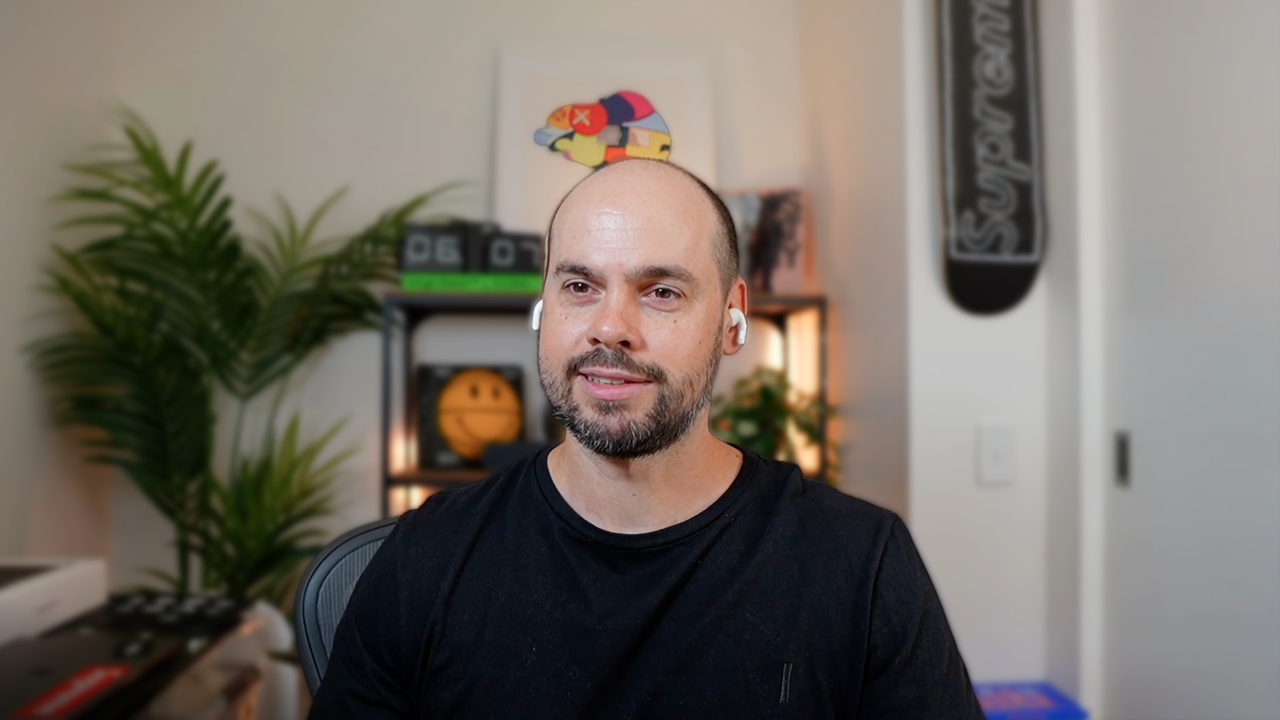Starting a productized service can be a game-changer for freelancers and agencies looking to scale. In just 12 months, Chris, the founder of Halaska Studio, turned his design studio into a seven-figure business---all while having a newborn at home. In this interview, he shares his journey, the key decisions that led to rapid growth, and the lessons he learned along the way.
The Journey: From Designer to Studio Founder
Chris didn't set out with the goal of starting a design studio. With a background in UX design and a career spanning companies like Google and Immutable, he always envisioned launching a startup. His transition into productized services happened almost by accident---after doing some freelance work, he saw firsthand the high-profit margins agencies could achieve by offering design on a subscription basis.
"I saw an agency charging $10K--$12K per month for design services while outsourcing some of the work at a much lower cost. That's when I realized how lucrative this model could be."
Finding the First Clients: The Power of Personal Branding
One of the most common challenges for agency owners is landing their first clients. For Chris, the answer lay in his professional experience and network.
"I never had to do cold outreach. All my clients came to me through my network, referrals, and content. Having worked with major companies like Google built instant trust."
Chris leveraged LinkedIn and Twitter (X) to build authority in the Web3 and AI space. By sharing insights on UX design in crypto and blockchain, he positioned himself as a go-to expert, attracting inbound leads.
Niching Down: A Key Growth Strategy
A major factor in Chris's rapid growth was his decision to focus on Web3 and AI startups. Instead of being a generalist studio offering design for all industries, he specialized in crypto-focused design, which allowed him to stand out in a crowded market.
"Focusing on Web3 gave me an edge. Crypto startups need deep industry knowledge, and that's hard to find in a general design agency."
By being known as the "go-to designer" in a niche, he was able to command higher prices and attract clients organically.
Marketing Strategy: Organic Growth & Authority Building
Chris's marketing approach was heavily content-driven. Instead of spending large amounts on ads, he focused on:
- Organic content on X and LinkedIn: Regularly sharing insights on Web3, design, and crypto UX.
- SEO: Investing in long-term content strategies to rank for design-related searches.
- Referral network: Delivering high-quality work that led to word-of-mouth recommendations.
- Community involvement: Engaging in Telegram groups for crypto founders, where many of his clients discovered him.
Scaling Beyond a Solo Founder: Hiring a Team
While many productized service founders operate solo (like Brett from DesignJoy), Chris built a team to support growth. However, hiring was one of his biggest challenges.
"I didn't hire full-time employees at first. I used contractors to stay flexible. The challenge was finding people who met my quality standards."
He learned the hard way that many candidates exaggerated their experience, especially in Web3. His advice? Vet hires carefully and consider starting with contractors before committing to full-time staff.
The Workflow: Why a Task-Based System Didn't Work
Chris initially planned to use a typical productized service workflow---where clients submit tasks to a queue---but quickly realized that his clients needed a more collaborative approach.
"My clients are startup founders building MVPs. They don't have specs or fully defined requirements. A task-based system added friction."
Instead, his team operates like an embedded design department, working directly with clients through calls, Slack, and iterative Figma updates. For agencies working on complex UX projects, this approach can lead to better client relationships and higher retention.
Key Lessons: What He'd Do Differently
Looking back, Chris highlights two major lessons:
-
Double Down on Personal Branding from Day One "Posting content is what kept my pipeline full. Every viral post led to new clients. If I had been more consistent early on, I could have scaled even faster."
-
Hire Smarter, Sooner "I hesitated on hiring early because I wasn't sure about revenue consistency. In hindsight, I could have brought on key hires earlier to handle demand."
Final Thoughts: Is a $1M Productized Service Possible for You?
Chris's journey proves that building a $1M+ productized service is achievable with the right strategy. His formula? A combination of niche positioning, personal branding, and a high-quality service that attracts referrals.
For founders looking to start or scale a productized service, platforms like Orchestra can help streamline operations, manage clients, and scale faster. If you're ready to grow your agency, check out Orchestra today.
